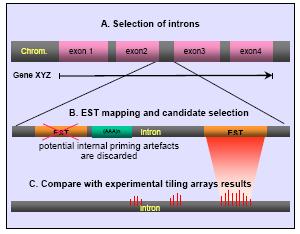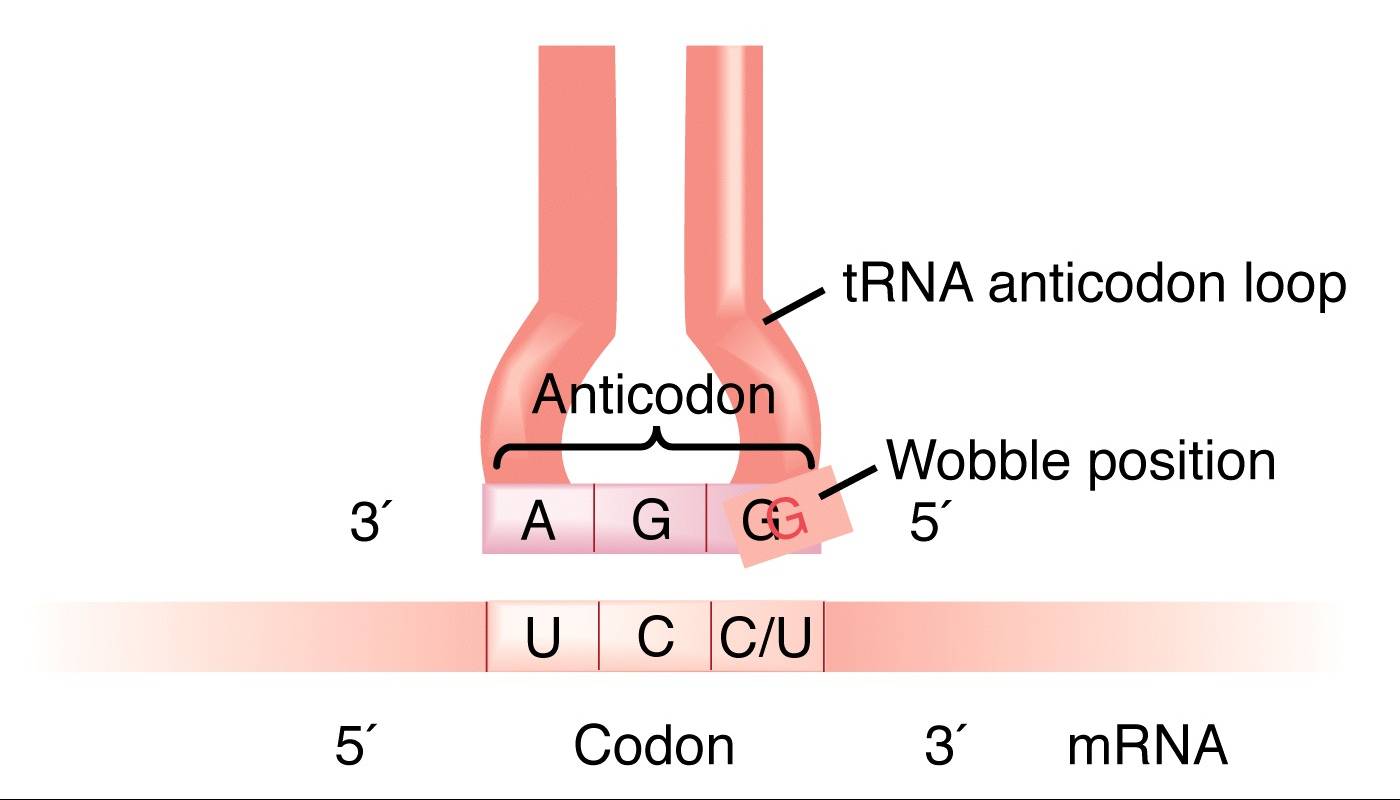A segment of a gene situated between exons that is removed before translation of messenger RNA and does not function in coding for protein synthesis. With Intron, when there's a mutation, there's a high probability that the one which subjected to the mutation is intron and not exon (which is the fubctional sequence). This way, eukaryote cells might survive from genetic mutation.

Telomere -
Telomeres protect a cell's chromosomes from fusing with each other or rearranging (abnormalities that can lead to cancer) and so cells are destroyed when their telomeres are consumed. Most cancers are the result of "immortal" cells that have ways of evading this programmed destruction.
The Double Helix Structure -
The double helix structure offers some protection against mutations, and allows mRNA to copy information off both strands simultaneously, increasing the efficiency of the event

The G-cap and Poly A Tail -
The G - cap helps protect mRNA from degradation by hydrolytic enzymes and after mRNA reaches the cytoplasm, the G cap functions as part of an "attach here" sign for ribosomes. The poly-A-tail inhibits degradation of RNA and helps ribosomes attach and facilitates export of mRNA from the nucleus. Also, the G- cap and Poly A tail reduce the chances of mutation.

The Wobble Effect -
If the third nitrogen base in the codon is changed, it will not change the amino acid. This is called the wobble effect. If the point mutation occurs in the third nitrogen base in a codon, then it causes no effect on the amino acid and the mutation does not change the organism.





